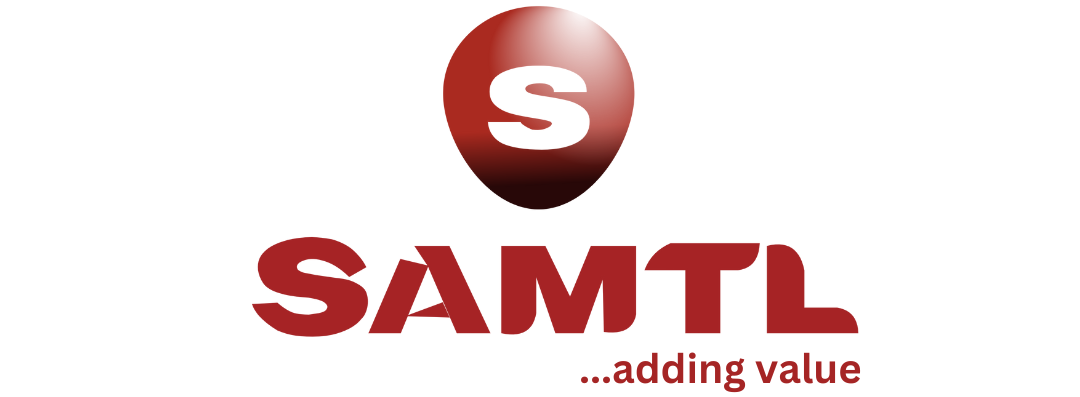Many a time, you must have heard of or come across the word Assets and Liabilities. You hear people talk about these and you have always wondered and asked yourself “what exactly are these things these people are talking about?”. Well, good for you because that is exactly what we will be discussing today in this article. We can assure you that after reading this article, you will get to finally understand these words and how they are important in one’s finances.
ASSETS:
What are assets?
Assets are resources with economic value that an individual, corporation, or country owns or controls with the expectation that they will provide a future benefit. In simple terms, an asset is anything of value or a resource of value that can be converted into cash.
Personal assets usually include cash and cash equivalents; real estate and land; personal property such as cars, boats, and jewelry; and investments. If you want to protect yourself or your business, you need to know what assets you have and how much they’re worth. In addition, lenders may take many of your assets into consideration when deciding to approve a loan, and they may even be used as collateral.
Now, we have several types of personal assets:
- Cash and cash equivalents: Certificates of deposit, checking and savings accounts, money market accounts, physical cash, Treasury bills etc.
- Property or land and any structure that is permanently attached to it
- Personal property: boats, collectibles, household furnishings, jewelry, vehicles
- Investments – Annuities, bonds, the cash value of life insurance policies, mutual funds, pensions, retirement plans, (IRA, 401(k), 403(b), etc.) stocks, etc
LIABILITIES:
What are liabilities on the other hand?
A liability is a debt owed that requires you to give up an economic benefit (cash, assets, etc.) to settle past transactions or events. Basically, a liability is something you owe and will need to be paid back. Your liabilities include mostly bank loans, taxes, bills (e.g. electricity, medical, phone, rent, school fees, etc.) , money you borrowed from friends, family members (IOU), etc.
Generally, there are two types of liabilities. They are;
- Current or Short-Term Liabilities: In general, if a liability must be paid within a year, it is considered current. Examples of this type of liability includes bills (electricity, water, school fees, phone, etc.), money you owe to your vendors and suppliers, employee payroll and short-term loans.
- Long-Term Liabilities: Long-term liabilities are the obligations of an individual or business which are expected to continue for more than one year. These include long-term loans, mortgage, etc. For example, you got a house which you seem to like but you don’t have enough money yet. Luckily for you, the owner has an option for you to spread the payment of the house over 2 years and once the payment is completed, the house documents will be in your name. Now, you have a house, true but because you haven’t fully paid for it, it can not count as an asset. It will count as a liability until you have the documents in your name before you can start regarding the house as one of your assets.
Now that you have understood what exactly those words mean, watch out for one of our next posts on how to use assets and liabilities to know how much you are worth.
